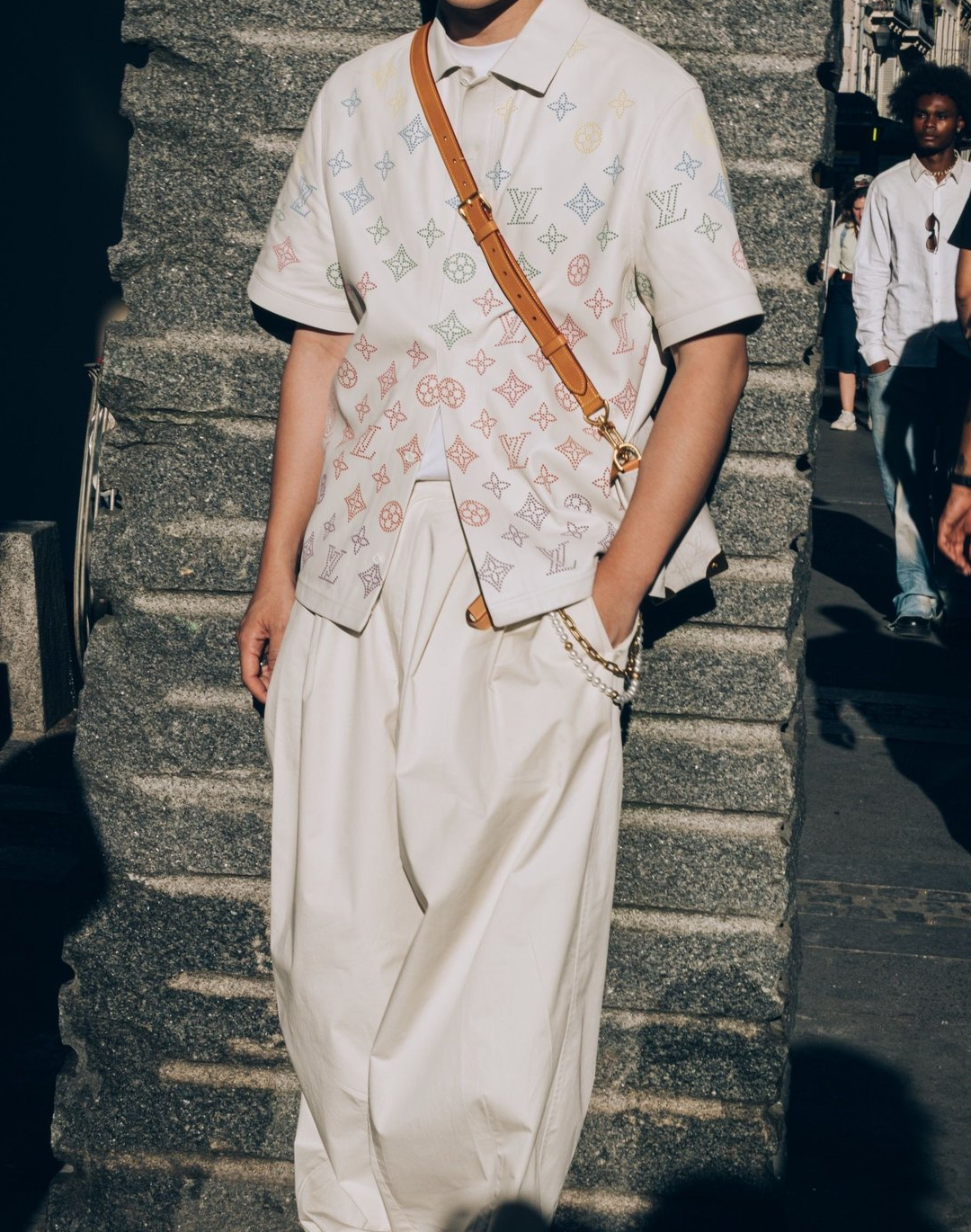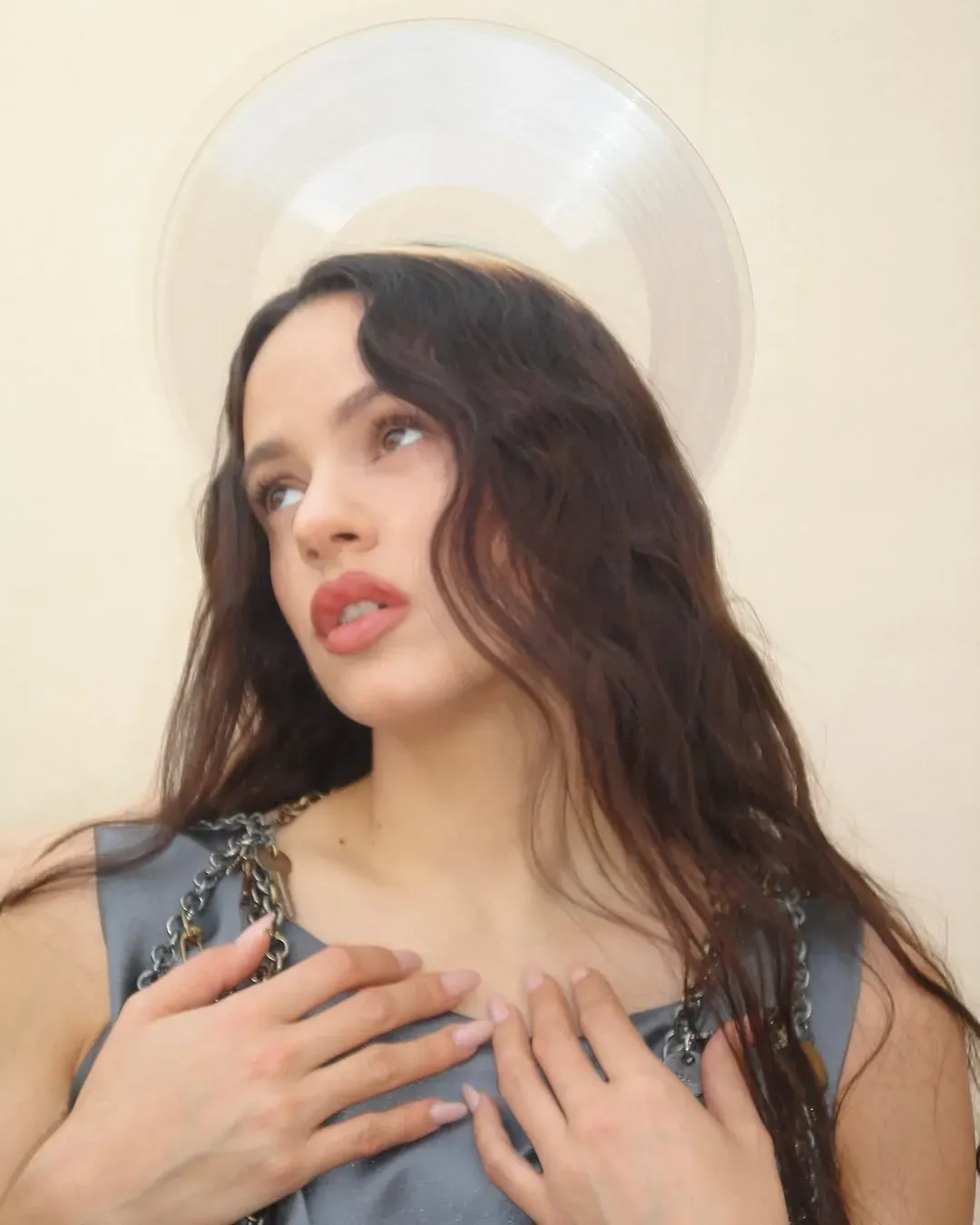
Are fashion shows becoming just shows? Let the public face the music
In Italian and French, the live presentation of a fashion collection is called "sfilata" and "défilè", a term that separates this occasion from pure entertainment. This is not the case in the English language, where the "fashion show" is increasingly understood as a real "show" than as a "visual presentation" – that is, not as an occasion in which the models of the new collection are reviewed by buyers, press, customers, and celebrities but as an opportunity for entertainment in the strict sense. Guests at the Gucci, Saint Laurent, and Louis Vuitton shows, for example, would have been undecided this year whether to closely observe the models parading or whether to follow the performances of the musical artists who provided background music – especially if the performance in question included mega-stars such as Rosalìa or Charlotte Gainsbourg at the piano. A more original model, and even more hybrid, was that of KidSuper who transformed his "fashion show" into a "comedy show", with Tyra Banks leading the proverbial dances; a similar reference to the comedy world was also that of Bianca Saunders who set her show against the backdrop of the cult sitcom Blouse and Skirt by Oliver Samuels. At Dior, while the looks of the collection were being shown, there was a video of Robert Pattinson and Gwendoline Christie reciting a poem. More classic, however, Kenzo who had a string quartet playing Beatles covers as the show went on. And even if the live performance of an artist at a fashion show is not unheard of (illustrious and random example among a thousand, the performance of Florence Welch at the show SS12 of Chanel), the adoption and reworking of the format as an integral or structural part of the fashion shows suggests that even for the brands themselves we are moving from pure "fashion" to what other sector publications have defined, in the past and another context, "fashiontainement".
The peak of "fashiontainement" may have already been reached by Balenciaga with its famous meta-show of The Simpsons, but it is perhaps with this edition of fashion week that the transition from simple fashion show to show in the broadest sense of the term has spread among the big commercial brands. This leads to curious scenes like the one seen by Louis Vuitton where Kodak Black, in the audience, was filmed dancing, completely intent on listening to Rosalìa's performance (excellent, by the way) and less interested in real clothes. In the case of Louis Vuitton, the element of performance not only musical but also choreographic and acrobatic is a bit of a must of the latest fashion shows, just think of how both Tyler, The Creator and Kendrick Lamar have stolen the scenes during the last fashion weeks. Nor is the presence of famous artists at the show a big problem in itself – but it is becoming increasingly clear that, if a brand wants to create impact, the format of the modern show inaugurated more or less with Helmut Lang (it was he who definitively removed the catwalk intended as an "elevated platform" and made the models walk in a hurry on the floor) has stopped being enough. Beyond the spectacularization of the show itself, we think of the great sets of Lagerfeld for Chanel and the Diorent Express show by John Galliano in '98 in which a literal steam train became the protagonist of the show, but also the acrobatics and dances typical of the original Kenzo or become a trademark of Issey Miyake, Having an external element that can potentially divert the public's attention from the clothes themselves speaks of a gradual change in the system in which collections are communicated.
Kodak Black vibing to Rosalia at the Louis Vuitton show pic.twitter.com/z9pncHIkAz
— HotNewHipHop (@HotNewHipHop) January 19, 2023
If once the specialized public had to sit and observe one look after another today the success of a fashion show is calculated based on its media value – a value that the presence of a performer can explode regardless of the clothes that are shown. If the show makes headlines, audiences around the world will see the clothes; But if clothes speak, so to speak, for themselves, their resonance through feeds and social algorithms will instead be incredibly muffled. And this does not mean that the clothes have gone into the background (all specialists and especially buyers are invited to the so-called re-see in the showrooms in the following days) but that the moment of the show for a brand, especially if high-profile, has become an opportunity to capitalize and accumulate prestige, flexing its connections to pop culture, but also immersing its customers in a narrative that can be relevant to the aforementioned pop prestige or that can instead refer to the "intended use" of the brand itself – for example, for some seasons, the most important outings of 44 Label Group are the raves it organizes and less the fashion shows in the strict sense. This, of course, reflects how in a clothing and luxury market now over-saturated the way to excel over rivals is not only to make more noise than them but also to do it better, calling a star artist. This round, the winners are Louis Vuitton and Saint Laurent – but one day someone will have a K-Pop band perform during their show and we will see the definition of "breaking the Internet" rewritten.














































